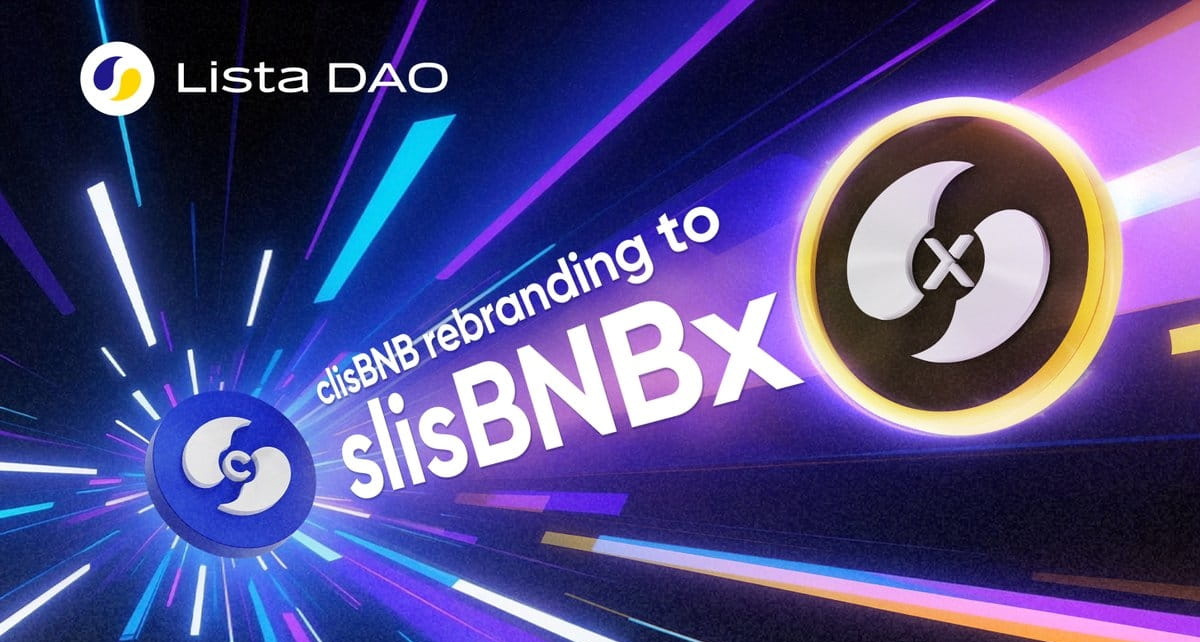In the context where cross-chain interoperability has become the core competitiveness of DeFi, ListaDAO is promoting the full-chain circulation layout of the stablecoin USD1 through technological innovation and ecological collaboration. This strategy not only relies on the dual drivers of its liquid staking and over-collateralized lending but also builds a complete infrastructure network from asset cross-chain, liquidity aggregation to compliance landing through in-depth cooperation with the Trump family project WLFI.

1. Cross-Chain Technology Integration: A Liquidity Bridge from BNB Chain to the Entire Ecosystem
ListaDAO has achieved cross-chain circulation of its liquid staking token slisBNB between the BNB chain and Ethereum through LayerZero technology. Users can convert BNB staked on the BNB chain into slisBNB and then cross-chain to Ethereum to borrow stablecoin lisUSD as collateral, which can then be exchanged for USD1 through the PSM module (Peg Stability Module), forming a cross-chain liquidity closed loop. In the future, ListaDAO plans to expand this model to more public chains such as Tron, forming synergy with the three mainnets (Ethereum, BNB Chain, Tron) where USD1 has been deployed. For example, users can directly use USD1 as a payment tool on Tron while using ListaDAO's cross-chain collateral mechanism to bring assets back to the BNB chain to participate in high-yield strategies, achieving multi-chain capital circulation.
2. Ecological Collaboration: USD1 as a 'Structured Yield Engine' with Penetration Power
ListaDAO deeply integrates USD1 into its product matrix, making it more than just a simple settlement tool, but a core component of cross-chain yield strategies. Specific paths include:
Liquidity Pool Incentives: Establishing USD1/lisUSD trading pairs on DEXs such as PancakeSwap, attracting cross-chain funds through dual stablecoin mining, with the current annualized yield reaching 10.68%;
Lending Market Penetration: The Lista Lending platform allows users to borrow USD1 at a low interest rate of 0.39%, supporting USD1 as collateral to participate in BNB Chain's Launchpool new projects, bridging CeFi and DeFi yields;
Innovation District Expansion: By incorporating new cross-chain staking assets such as WEETH and STONE into the collateral scope through a weekly evaluation mechanism, providing more liquidity entry points for USD1.
This design allows USD1 to form a full path coverage of 'collateral - lending - yield extraction' within the ListaDAO ecosystem, with the Total Value Locked (TVL) exceeding $3 billion, of which deposits related to USD1 exceed $100 million.
3. Compliance Infrastructure: Political Endorsement and the Leverage Effect of the (GENIUS Act)
USD1 is issued by the Trump family WLFI, supported 100% by US Treasury bonds and cash reserves, and is custodied through BitGo, whose compliance advantages provide institutional guarantees for ListaDAO's multi-chain strategy. For example, Owlto Finance is building a cross-chain infrastructure for USD1 to become a relay asset for compliant stablecoin exchanges under the (GENIUS Act) framework, allowing users to stake USD1 on any chain and receive cross-chain transaction fee sharing in the future. ListaDAO ensures the security of cross-chain collateral through a dynamic liquidation mechanism and elastic oracles, reducing the volatility risk that may arise from political affiliations.
4. Future Challenges and RWA Expansion
Currently, the circulation of USD1 is still highly concentrated on the BNB chain (accounting for 99%), and cross-chain friction needs to be reduced through technical optimization. ListaDAO plans to introduce the D3M module (Direct Minting Integration Module), which automatically injects lisUSD into lending protocols such as Venus and explores RWA (such as tokenized government bonds) as collateral, further expanding the institutional-level application scenarios of USD1.
Conclusion
ListaDAO's multi-chain strategy transforms USD1 into the liquidity backbone connecting various public chain DeFi ecosystems through a triple mechanism of 'technical cross-chain + yield penetration + compliance adaptation'. With the advancement of re-staking functions (such as Karak integration) and RWA collateral, this infrastructure is expected to become a benchmark paradigm for the full-chain circulation of stablecoins.




